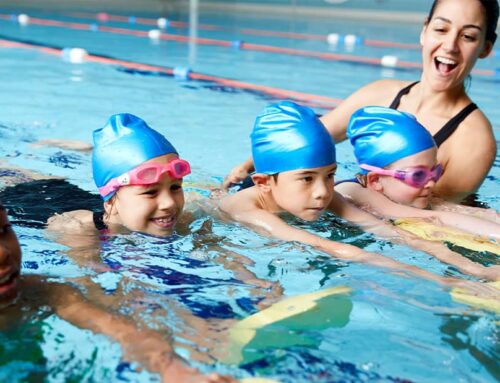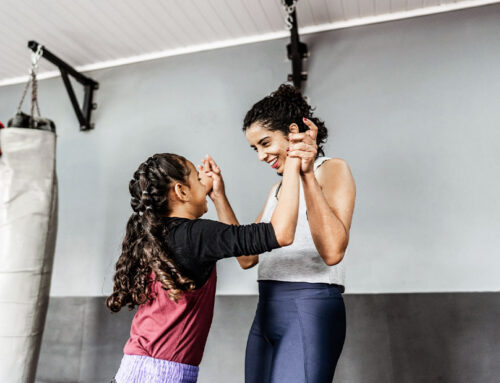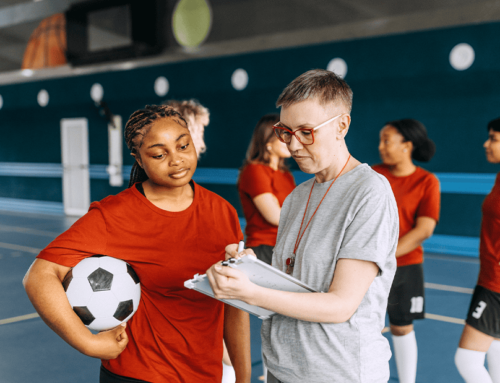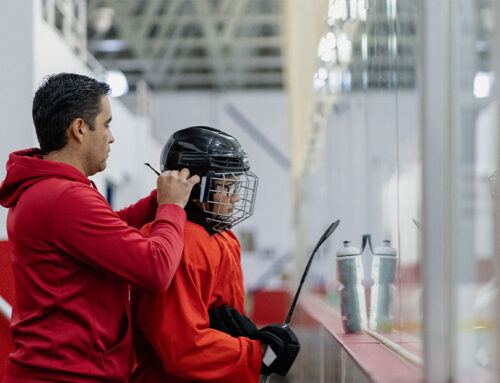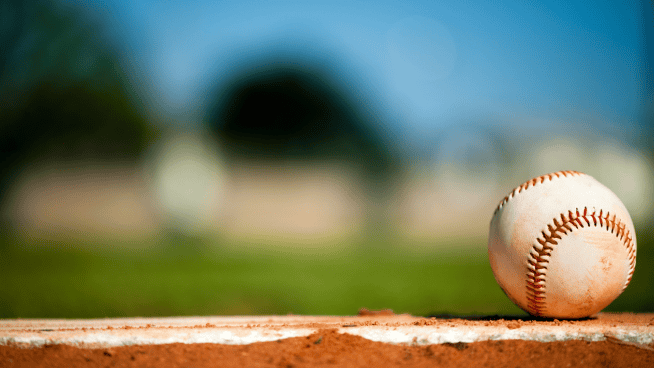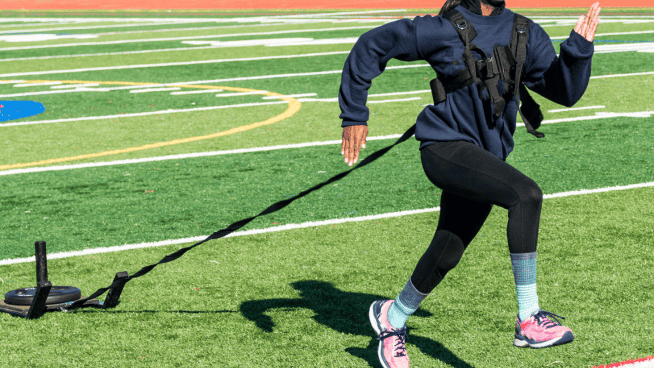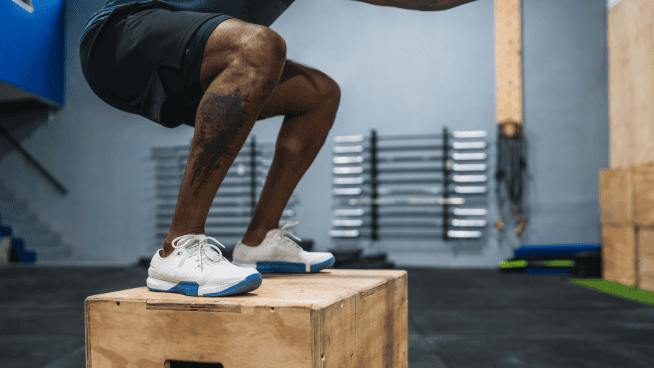The Best Dryland Cardio for Swimmers and Triathletes
When it comes to sport-specific training, swimmers have unique metabolic and mechanical needs. They spend so much time in the water because it is difficult to find a good dryland cardio alternative.
For a swimmer, endurance and power in the upper body are far more important than in the lower body. Specifically, the lats—often referred to as the swimmer’s muscles—are the primary driver of each of the four strokes.
The lats are large muscles that run down the sides of your back. To find them, simply reach under your armpit and try to touch your back.
Typically, lats are trained with Pull-Ups and rowing variations. But swimmers also develop endurance in these muscles so they can power the stroke through the race in the pool or during a triathlon event.
Muscular endurance must be developed separately with the use of high-rep sets.
With my athletes, I prefer using the Concept2 SkiErg. The downward pulling motion trains the lats, triceps and abs in a movement that’s similar to cross-county skiing. The movement can also be modified to mimic the butterfly.
Watch the video above for a demonstration.
The best way to train on the SkiErg is to do intervals at competition intensity. Determine the duration of the swimming event and focus on:
- 1:2 work-rest ratio for 4-6 intervals
- Progress toward a 1:1 work-rest ratio for 8-10 intervals
Depending on your event, do this for the standard stroke and/or the modified butterfly stroke. For optimal improvement in upper-body power and muscular endurance, use the SkiErg once or twice per week during the competitive season and 2 to 4 times per week during the off-season.
The SkiErg is a unique machine and it may not be readily available to you. If you can’t find one, try doing these workouts with lightweight resistance bands. It is by no means a perfect substitute, but it’s your best bet if you can’t find a SkiErg to train your swimming muscles.
READ MORE:
RECOMMENDED FOR YOU
MOST POPULAR
The Best Dryland Cardio for Swimmers and Triathletes
When it comes to sport-specific training, swimmers have unique metabolic and mechanical needs. They spend so much time in the water because it is difficult to find a good dryland cardio alternative.
For a swimmer, endurance and power in the upper body are far more important than in the lower body. Specifically, the lats—often referred to as the swimmer’s muscles—are the primary driver of each of the four strokes.
The lats are large muscles that run down the sides of your back. To find them, simply reach under your armpit and try to touch your back.
Typically, lats are trained with Pull-Ups and rowing variations. But swimmers also develop endurance in these muscles so they can power the stroke through the race in the pool or during a triathlon event.
Muscular endurance must be developed separately with the use of high-rep sets.
With my athletes, I prefer using the Concept2 SkiErg. The downward pulling motion trains the lats, triceps and abs in a movement that’s similar to cross-county skiing. The movement can also be modified to mimic the butterfly.
Watch the video above for a demonstration.
The best way to train on the SkiErg is to do intervals at competition intensity. Determine the duration of the swimming event and focus on:
- 1:2 work-rest ratio for 4-6 intervals
- Progress toward a 1:1 work-rest ratio for 8-10 intervals
Depending on your event, do this for the standard stroke and/or the modified butterfly stroke. For optimal improvement in upper-body power and muscular endurance, use the SkiErg once or twice per week during the competitive season and 2 to 4 times per week during the off-season.
The SkiErg is a unique machine and it may not be readily available to you. If you can’t find one, try doing these workouts with lightweight resistance bands. It is by no means a perfect substitute, but it’s your best bet if you can’t find a SkiErg to train your swimming muscles.
READ MORE:

